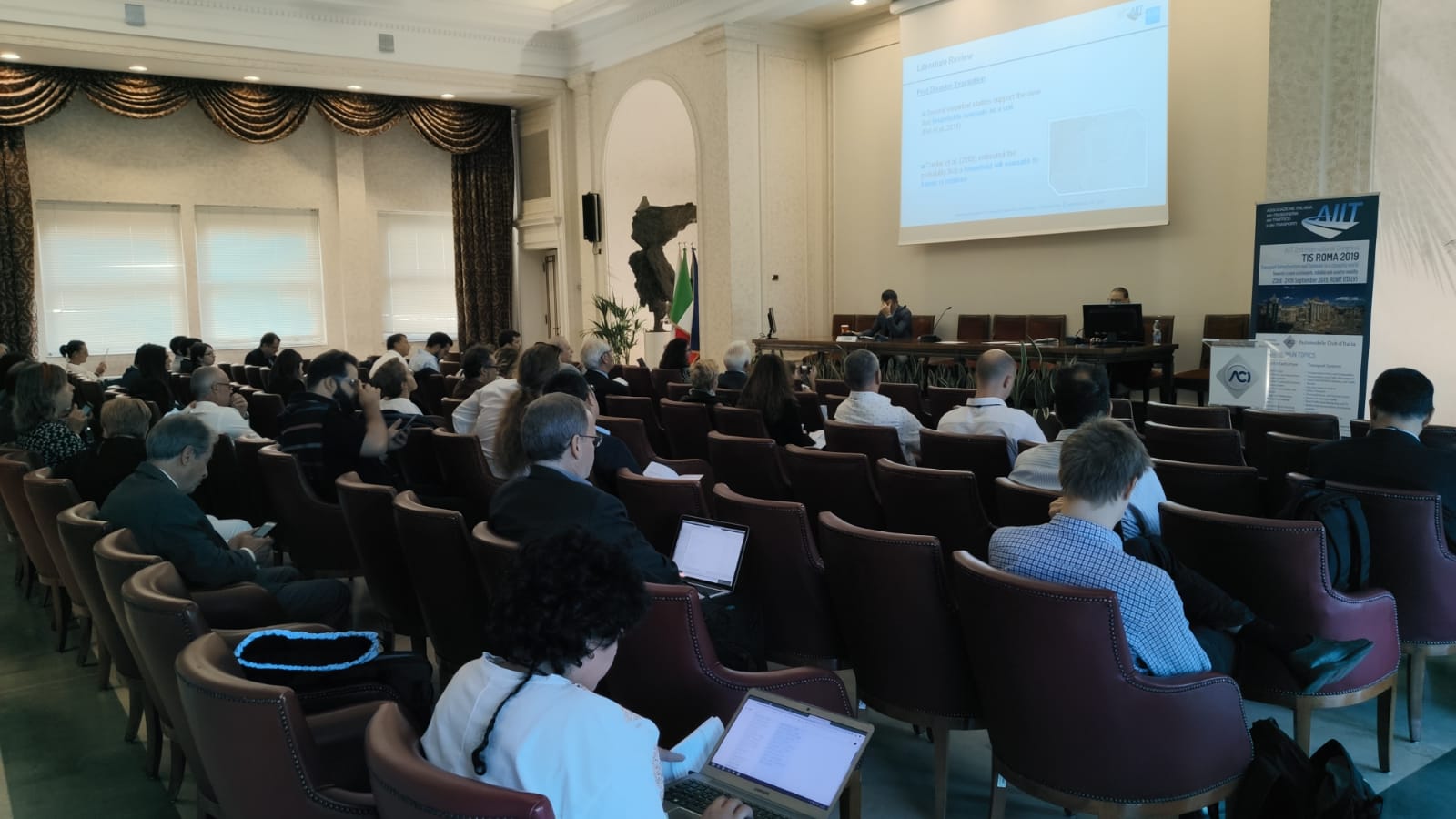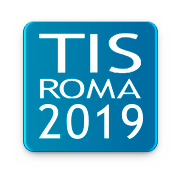TIS 2019
Session 11 – Transport Policy

In the second session about Transport Policy, chaired by Christopher Zergas, the discussion on the topic is continued. Again, there was an opportunity to present varios experiences from different countries. The emphasis was on the increase of the quality of service and sustainability of public transportation.
Hannia Gonzalez-Urango, Michela Le Pira, Giuseppe Inturri, Matteo Ignaccolo and Mónica García-Melón – Designing walkable streets in congested touristic cities: the case of Cartagena de Indias (Colombia) / Cities are growing and changing so there is a need to adapt our urban system to the new changes. Promoting walkability is the main goals since it is the most sustainable way of transport. Understanding the factors that influence walkability and pedestrians’ perceptions enables planners to build more walkable and liveable cities. This paper presents the case of Cartagena de Indias which experiences serious problems of traffic congestion and accessibility to the city centre. Designing pedestrian zones is a context-specific multifaceted problem that involve multiple stakeholders and multiple criteria. Methods used in this research are participatory approach, stakeholders analysis, Analytic Network Process and spatial analysis. designing pedestrian zones is a context-specific multifaceted problem that involve multiple stakeholders and multiple criteria. The next step would be to discuss these results with public administration and to provide suitable interventions.
Ilil Blum Shem-Tov and Shlomo Bekhor – Extracting Travel Demand for Emergency Situations Using Location-Based Social Network Data / Distasters, natural or human-made, can occur at any time and place in the world. The population present in those areas are required to evacuate to protected areas. Disaster management systems apply different models to provide a transportation response to those events. Predicting the demand, represented by the origin-destination and rescue missions is a major challenge. One possible solution to the problem is using worldwide distributed and widely used technology of location-based online social networks (LBSN). It still has not been studied as an input for transportation models during emergency times for evacuation. It can be extracted from mobile phone applications and check-in data which is broadcast online. This paper focuses on building the origin-destination matrix using these two parameters: the friendship weight and the distance. It also considers the evacuation zone boundaries and the daily routine data. Preliminary test case shows a success in implementing the system on anonymous real location-based social network data.
Luca Beccastrini, Laura Chiacchiari and Carmine Zappacosta – Economic impact of the third-party assessment: case study Line 3 Metro Riyadh – Red line / The Independent Design Verification Engineer (DVE) plays a vital role in supporting local authorities to meet their statutory duty under internal planning acts or strategic planning programmes. He is appointed to verify compliance of Contractor’s design scope of work with Employer’s requirements, to ensure high standards of design and an impartial evaluation process. In many countries the DVE in civil and transport industry impacts on the life-cycle of a Project in a relevant way: primarily allows to supervise the global coherence of the design and the technical feasibility of the work, its operation and maintenance, avoiding or minimizing variation works. The idea of this study is to show how DVE allows increasing confidence for the “constructability” of the design and hopefully reducing the costs associated with it. For the purpose of this paper the Line 3-Riyadh Metro project case study is analyzed. The idea of this analysis is to show how a design error affects time and costs.
Laura Eboli, Carmen Forciniti and Gabriella Mazzulla – Capturing the differences in perceiving service quality of metro passengers of Madrid / The evaluation of transit service quality is a very importan aspect. It is clear that the increasing the use of transit service is one of the ways for promoting sustainable mobility and the increase of number of users could be expected. An idea of service quality is represented by the perceptions of the users about the service, which can be detected through the well-known Customer Satisfaction Survey (CSS). The aim of this research is to verify if the particular structure of these CSS is suitable for collecting the results and investigating the benefits that can be drawn from carrying out CSS surveys by submitting different questionnaries to a certain number of sub-samples. For this purpose the metro of Madrid case study was analyzed. Because of its extension, about 80% of the inhabitants in the twelve municipalities reached by the metro can have a station at less than 600 meters from own home or own usual destinations. The data used for calibrating the proposed model were collected through the campaigns of survey made by the company operating the metro service.
Stefanos Tsigdinos, Yannis Paraskevopoulos, Maria Latinopoulou and Maria Andrakakou – What about a different road network hierarchy? New perspectives towards sustainable mobility: the case of Thessaloniki, Greece / Contemporary cities face several challenges questioning their sustainability and efficiency. Car dominance has resulted in serious problems in urban transport systems. Therefore, cities must now embark on a process of transformation by developing strategies to counter the negative impacts of urbanization and bring prosperity to the urban environment. The aim of this research is to develop a methodological framework for re-organizing the road network hierarchy of a metropolitan city. Specifically, it proposes a compact and distinct method for formulating an integrated functional classification that takes into consideration all individual modes of transport as well as the urban dimension of the city. This methodological framework describes an innovative approach regarding transport networks which is somehow different than the existing, conventional one. Particularly it constitutes a planning tool that provides priority to walking, cycling and public transportation rather automobiles. Moreover, it has the potential to be applied to other study areas as well, acting as guidelines for road hierarchy re-organization.
Vinh Tuong Phi and Thai Binh Dang – Selected Mode of Transportation Index (SMT) and Its Impact on Firm Performance: The Case Study of the West-Southern of Vietnam / The improvement of infrastructures is crucial for the provincial economic growth and development. The transport problem shows that there are some segments which have higher transport pressure than the other segments in the same type of infrastructure. The aim of this paperi s to create the Selected Mode of Transportation index in order to distinguish the types of transport which have the priority service to use economic and social activities. This index also reflects the concentration and accumulation of economic activities and the density of them; therefore, it differs from the normal index of competitive advantage. This article particuarly focuses on assessing the impact of SMT on firm performance of enterprises through the case study of Vietnam.
Paul Minett, John Niles, Richard Lee, Brittany Bogue and Marco Schaefer – Congestion-Clearing Payments to Passengers / The main task of this study is to test innovations to beat the congestion. The idea is to achieve a target level of traffic by reducing the number of drivers; retribution might be an incentive for drivers to become passangers. This solution might be less costly than expanding road networks and it would be more popular than congeston charging. The method will provide a robust cost estimate for an ITS-enabled ‘build nothing’ alternative (paying passengers) to be used when considering investments in infrastructure. The project involves a thorough review of the literature, covering the theory of paying passengers, plus focus groups and surveying in a corridor in California to test the theory and determine the likely costs. By March the theory piece will be complete and will be written up for the congress.
CHAIRMAN: Chistopher Zegras
